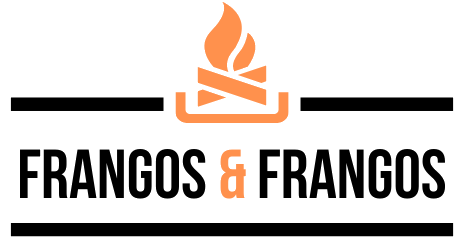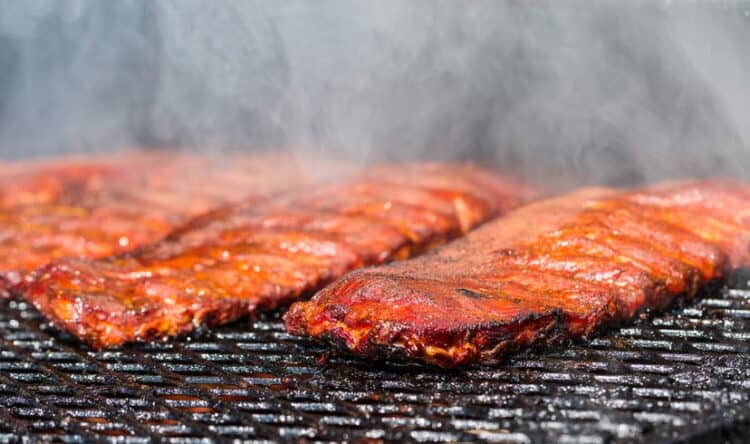When I first got my pellet smoker, one of the first things I want to try is to smoke ribs as I enjoy eating them. So I got into googling the details of perfecting cooking ribs, such as the temperature to smoke them at.
As a general rule of thumb, the temperature of smoking ribs should stay between 107°C to 121°C (225°F to 250°F) depending on how long you want to smoke the ribs. The smoking temperature also differs depending on the type of meat.
The most common types of ribs for smoking comes from beef or pork and there are different cuts as well such as spare ribs, baby back ribs, short ribs and more. Each are unique in flavour and texture. Thus, there is a difference in terms of cooking them.
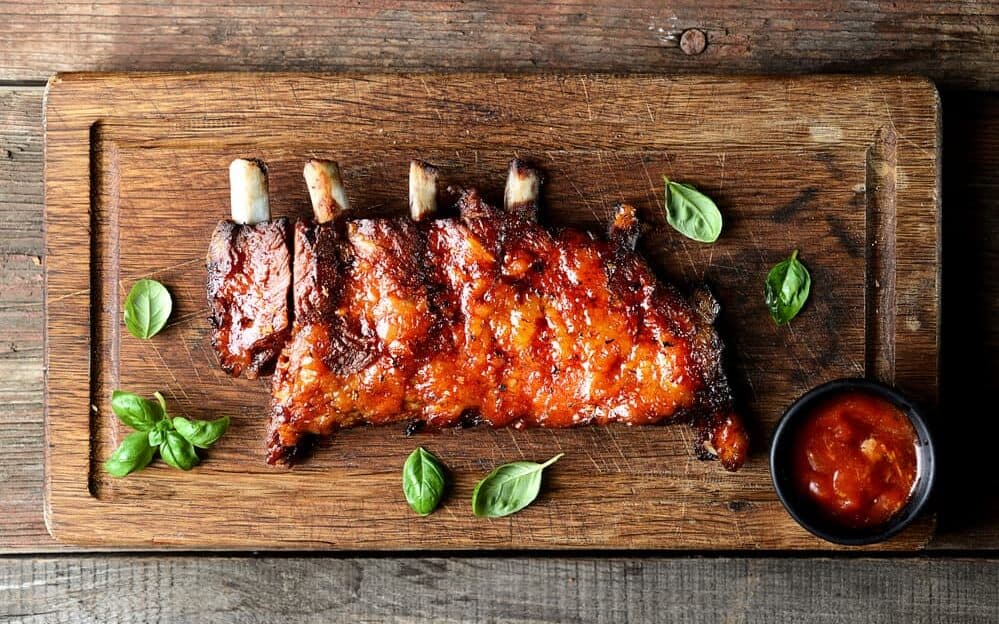
Beef Ribs vs Pork Ribs
As mentioned above, there are some distinct differences between pork ribs and beef ribs. To make it easier for you, I have made a simple comparison chart between the two below:
| Beef | Comparison | Pork |
|---|---|---|
| Stronger – Deep Rich Flavour | Flavour | Tamer – Sweet Flavour |
| Much larger (Average rib length between 20cm to 30cm) | Size | Much smaller (Average rib length between 8cm to 15cm) |
| Plate Short Ribs Chuck Short Ribs Beef Back Ribs | Common Types of Cuts | Spare Ribs Baby Back Ribs St. Louis Style Ribs |
| More fat More meaty Higher meat to bone ratio | Fat and Meat Content | More lean Quite meaty Lower meat to bone ratio |
| Pricier | Price | More budget friendly |
Flavour
To expand on the above table, beef ribs tend to have a stronger and richer flavour as compared to pork ribs. Pork ribs are more plain in flavour and some described it as a subtle sweet flavour.
Size
Cow being the much bigger animal, the average length of a beef rib ranges between 20cm to 30cm. It is definitely much bigger than the average pork rib that measures between 8cm to 15cm.
Price
With that being said, it is only reasonable that beef ribs are pricier than its pork counterpart, which is more friendly to the wallet.
Fat & Meat Content
In terms of fat and meat content, pork ribs are leaner and contain less fat than beef ribs. Despite being quite meaty, pork ribs’s meat to bone ratio is lower as it has more bone compared to meat. For beef ribs, it is quite the opposite to that of pork ribs (containing more fat) with the exception that it is much meatier.
Common Types of Cuts
When you think about pork ribs, you tend to think about spare ribs but did you know there are other types of cuts too? Besides spare ribs, another common favourite is the baby back ribs and St. Louis style ribs. Meanwhile, plate short ribs, chuck short ribs and beef back ribs are common cuts for beef ribs.
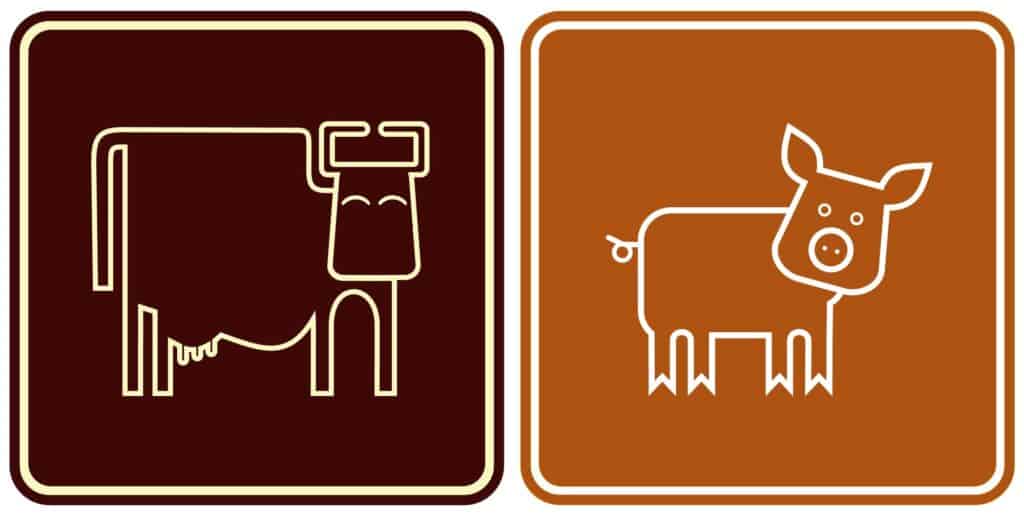
Difference Between Cooking Pork Ribs and Beef Ribs
With these in mind, we can look at the differences in terms of cooking both types of ribs.
| Beef Ribs | Comparison | Pork Ribs |
|---|---|---|
| Don’t really have to remove the membrane | Removal of membrane/ silverskin | Recommended to remove the membrane before cooking |
| Can smoke at a higher temperature at around 135°C | Smoking temperature | Smoke at temperature between 107°C to 121°C |
| Best to keep seasonings to a minimum | Seasoning | Can use many seasonings to flavour it up |
| Classic woods – hickory, mesquite Rich woods – oak, cherry | Type of woods for smoking | Classic woods – Hickory, Mesquite Lighter woods – maple, apple |
Smoking Temperature
Being a bigger sized rib, beef ribs can be smoked at a higher temperature at around 135°C as compared to smoking pork ribs between 107°C to 121°C.
3 to 4 hours is a rough gauge on how long to smoke beef ribs at around 135°C whereas 107°C is a suitable temperature to smoke pork ribs for 3 hours unfoiled. You can use 121°C to smoke the pork ribs unfoiled for 2 hours instead of 3 hours.
Both pork ribs and beef ribs can use either the 3-2-1 or 2-2-1 method for smoking and cooking.
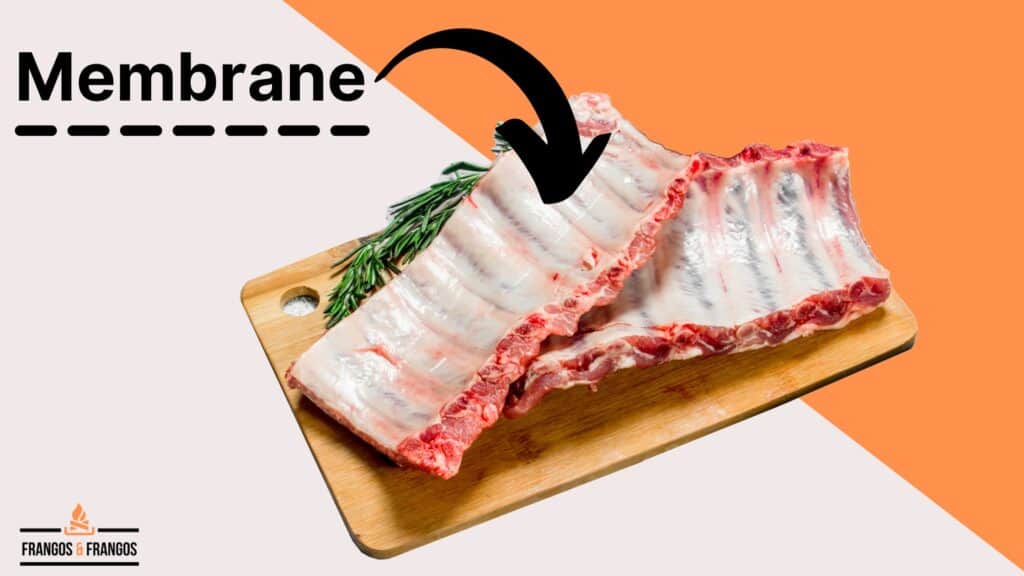
Removal of Membrane Layer
A membrane is a layer of skin on the underside of the ribs. Membranes exists on all meats. It is also sometimes referred to as “silverskin” as it has a silvery hue when raw.
Most people prefer to remove the membrane while some don’t bother.
For pork ribs, the silverskin is recommended to removed before cooking because the membrane gets tough and chewy once cooked. It also does not absorb any flavour.
The membrane is made of elastin fibres, which does not break down with heat.
During ancient times, hunters used the elastin fibers to make their bowstrings and a string to attach arrowheads to the shafts.
– Mark Jenner (Food Fire Friends)
For beef ribs however, it is up to your liking whether or not you want it removed. This is because the meat may fall off the bone during cooking. Leaving the membrane on may make it harder for seasonings to seep through the meat but it won’t prevent the smoke flavour from getting through the membrane.
Since seasonings for beef ribs can be kept at a minimum using just coarse salt and pepper, leaving the membrane on shouldn’t make much of a difference in taste. That being said, it is up to personal taste and liking.
Types of Woods for Smoking
Common types of wood for smoking are hickory and mesquite, which can be used for both beef ribs and pork ribs. These are classic woods for smoking meat.
There are other types of wood that will enhance the flavour of ribs beside using hickory and mesquite.
Rich woods like oak and cherry are recommended for smoking beef ribs as they complement the stronger natural flavour of beef.
Meanwhile, lighter flavoured woods like maple and apple are suitable for pork ribs as pork has a tamer flavour, allowing it absorb more smoky flavour from the wood.
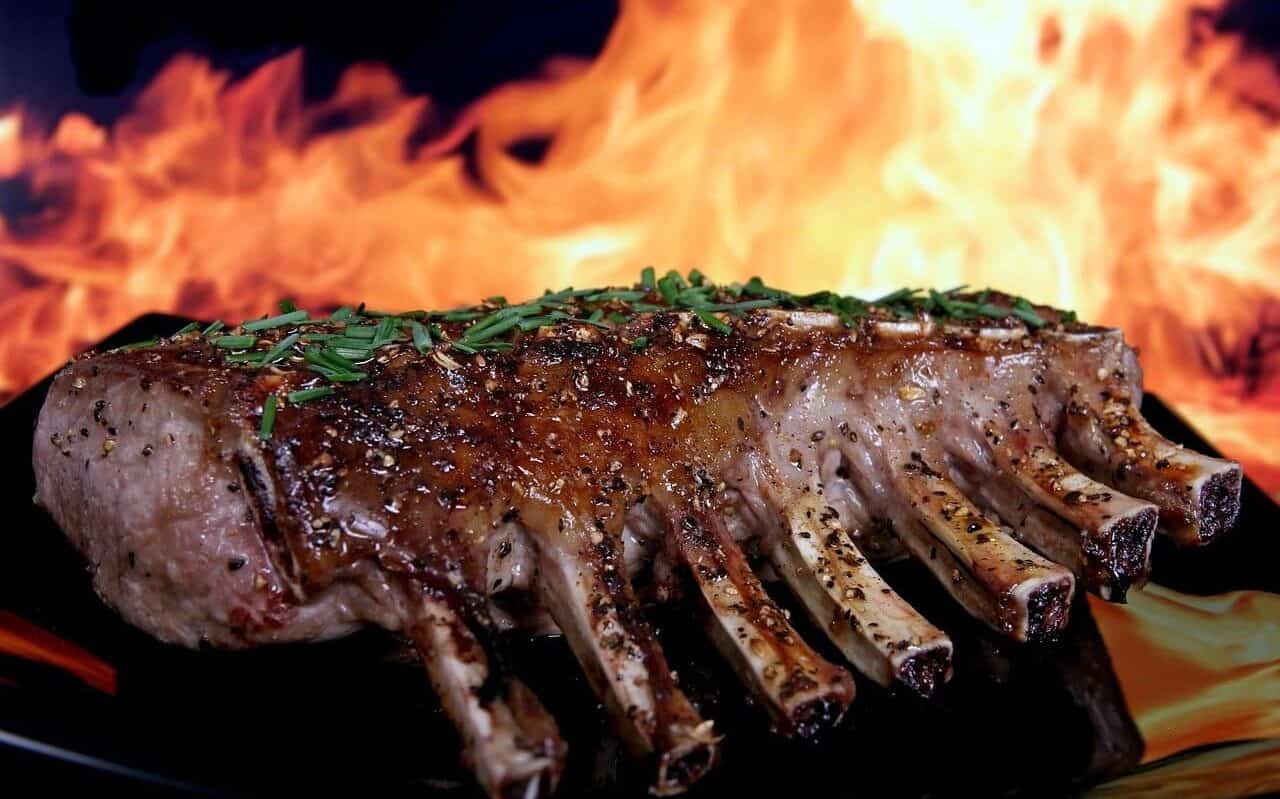
321 Method vs 221 Method for Cooking Ribs
The 321 method is more commonly used for cooking spare ribs (pork). This is where the ribs are smoked for 3 hours not wrapped in aluminium foil, then wrapped in foil and smoked for another 2 hours before unwrapping the foil and place the ribs back to smoke for 1 hour.
The 221 method very similar to the 321 method with the exception of the first step, which is smoking the ribs un-foiled for 2 hours. The 221 method is commonly applied for cooking baby back ribs as using the 321 would render the meat too dry and overcooked.
Even though you can apply these methods for cooking beef ribs, some prefer to smoke the ribs for longer as beef ribs are much bigger. There are many recipes out there that you may like such as this recipe for Smoked BBQ Beef Ribs and the Smoked Beef Back Ribs.
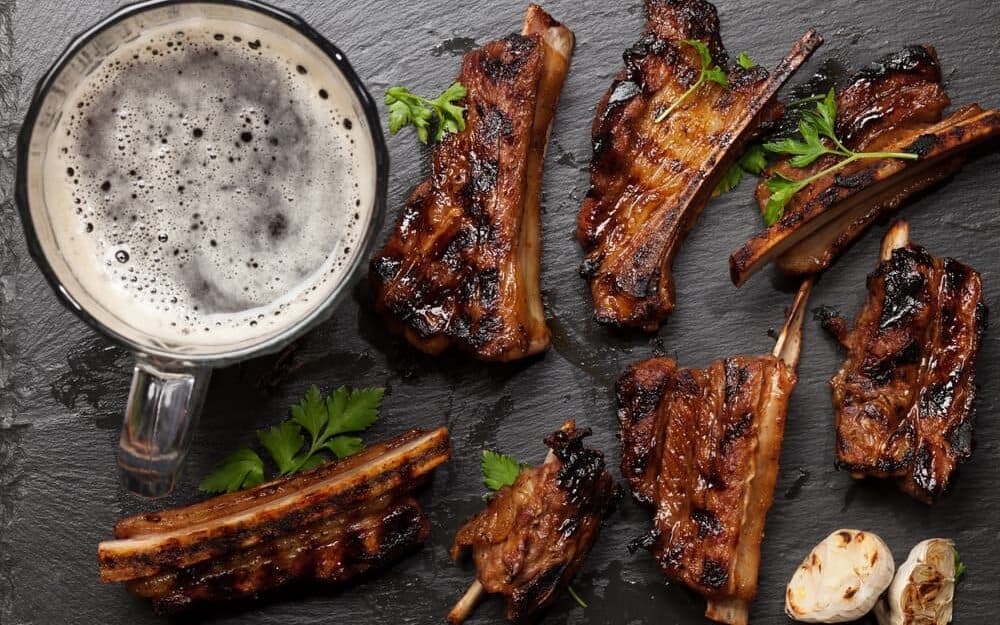
Related Questions
Ribs should not fall off the bone easily. If you lift the bone with minimal effort and the meat melts off right away like butter, it is overcooked.
You should always smoke ribs bone side down or the meaty side up. This is so that the juices will not stay in the curve of the bones. Additionally, having bone side down allows smoke to penetrate the bones easily.
- How to Cook Poultry (Chicken & Turkey) on a Pellet Smoker - August 10, 2023
- 6 Ways to Get Beautiful Smoke Rings with a Pellet Smoker - September 29, 2021
- Using a Smoker in the Rain (Here’s how) - August 19, 2021
